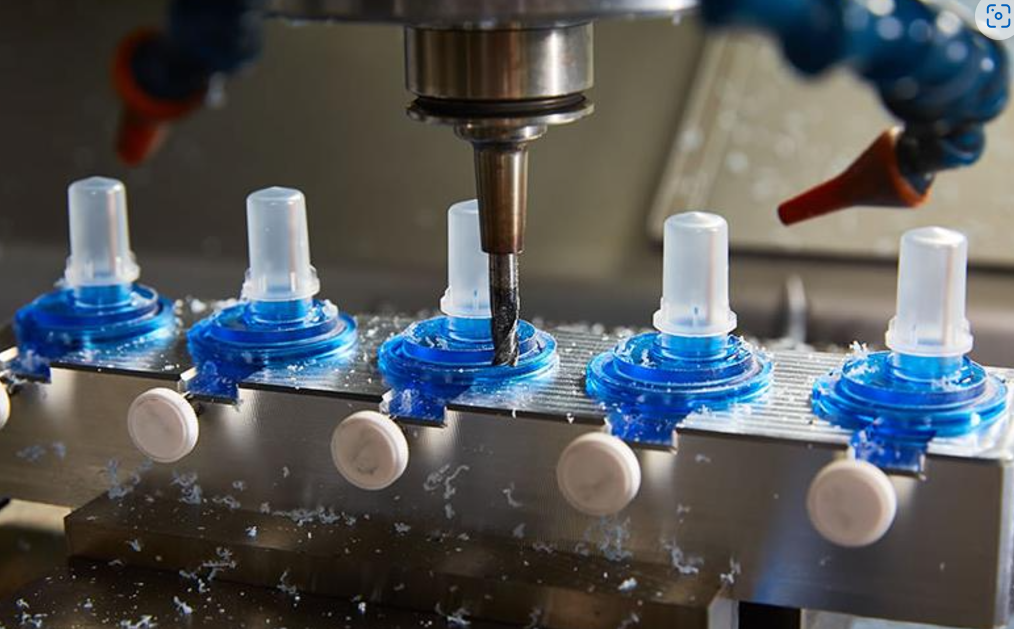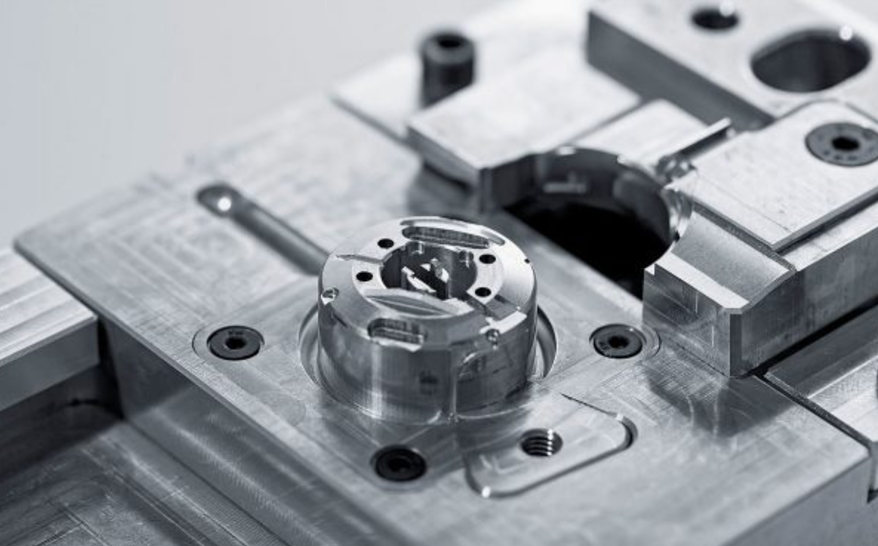Rapid prototyping mold is a key manufacturing production technique when it comes to the production of parts and products. Through prototype mold production, manufacturers can ensure that their products have the right functionality and ergonomics before mass-production can be rolled out.
Some of the technologies at the disposal of most firms and workshops when it comes to rapid prototyping include digital modeling and 3D printing. Thanks to these technologies, prototyping is now accessible more than ever before.
The availability of such techniques has made it extremely easier for engineers and designers to repeat the production cycle till it’s ready for a full production run. Despite its popularity, prototype mold production can be an absolute failure if it’s not done correctly.
To avoid such instances, we have outlined the major do’s and don’ts when it comes to rapid prototype mold production. This will certainly help all the manufacturers turn the ideas and ideas into a full working prototype.
Table of Contents
ToggleThe Do’s
Working collaboratively
All of the players in the prototype mold process should work hand-in-hand and collaboratively. This will significantly contribute to the project’s success, what we mean is that from the designers, engineers, creative partners, and end-users.
Each party should provide their input that will lead to the creation of a high-quality prototype that will meet all the specifications and requirements
Keeping it simple
The perfect idea starts with a simple and easy process, this is what most designers and engineers should keep in mind. It should be robust, effective, and practical before any additional features should be added to the design.
All the parties of the prototype mold process should be the focus on the core ideas of the product without the added extra features and designs.
Preparation of repeat process
The definition of the prototype itself means that you’ll not be successful on the first run, you should prepare to doc changes and iterations of the product when preparing the prototyping budget and timeline.
Repetition of the process will also ensure that you have the best and final product and any issue or defect that arises will be solved before it reaches the end-user.
Reminding everyone that prototyping is not the end
You should keep that the prototype mold process is just a means to an end, but it’s not the final step. A lot of time engineers and designers have huge expectations of the project and may end up getting frustrated if their needs and expectations are not met.
Always remember that the rapid prototyping mold process is a work in progress but not the final step.
The Don’ts
Sticking to one manufacturing technique
When it comes to the creation of the prototype, there’re a wide variety of techniques that you can use. Its recommended that you try two techniques so as to choose which is the one most compatible with your project.
Implementation of every suggestion
Another mistake that most people make is trying to incorporate every suggestion into the prototype mold process. Although feedback is vital, you should only capture what’s missing in your project after careful and thoughtful evaluation.
By following the above do’s and don’ts you can save a lot of money and time in the prototype mold process, thus making its launch much-more seamless and simple.







